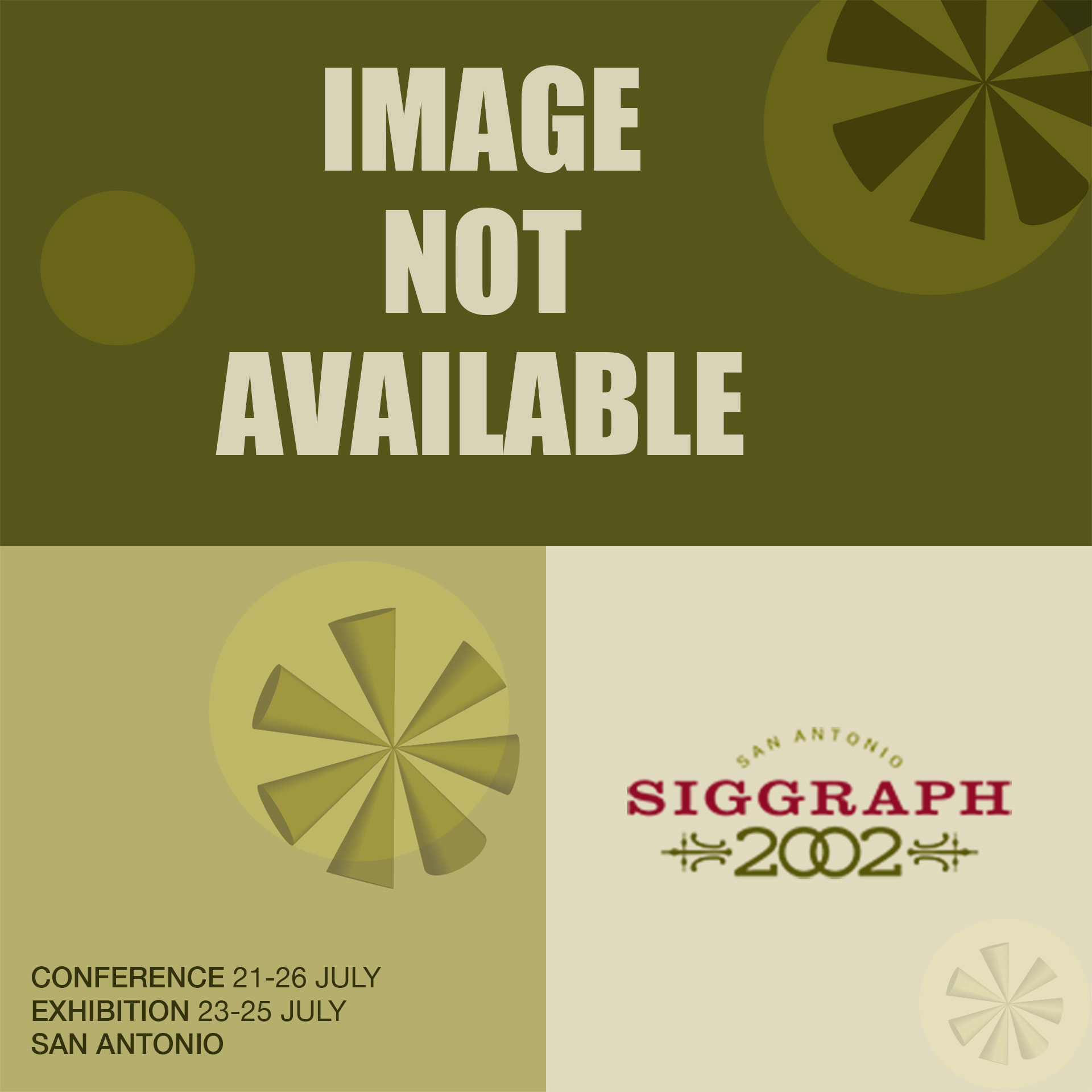“Teaching Human Facial Modeling Through Plaster Face Casting” by Watkins
Conference:
Type(s):
Title:
- Teaching Human Facial Modeling Through Plaster Face Casting
Presenter(s)/Author(s):
Abstract:
As 3D student skills progress, sooner or later they begin work on accurately proportioned human models. While caricature design is often very forgiving in its realization, human designs need to be very close to “right on.” This presents a tremendous challenge for 3D animation students, many of whom have had limited anatomy training.
The traditional solution to source material has been to provide photographic references. The standard front and side shots provide a good starting point for students to work from but provide no information on appropriate polygon topology or details such as the curvature of the head between the eye and the temple. Yet, it is impractical to get a live model to provide 3D reference by sitting next to the student as he or she models. The difficulty of finding a good 3D reference for students to work from becomes the challenge.
At the University of the Incarnate Word, we have begun using a traditional method of face casting. Traditionally, this technique is used to create plaster masks or molds upon which prosthetics can be constructed. The mold is reusable and can be constructed from plaster or even lighter cements.





